Emperor Scorpion
- March 26, 2024
- 0 comment
Emperor Scorpions, scientifically known as Pandinus imperator, are fascinating arachnids native to the rainforests and savannas of West Africa. Renowned for their impressive size and glossy black exoskeletons, they can reach lengths of up to 8 inches (20 centimeters) from head to tail. These scorpions are primarily nocturnal predators, feeding on insects, spiders, and small vertebrates. Despite their ominous appearance, they play a vital role in their ecosystem by controlling insect populations and contributing to ecological balance. In recent years, Emperor Scorpions have gained popularity as exotic pets due to their docile nature and striking appearance.
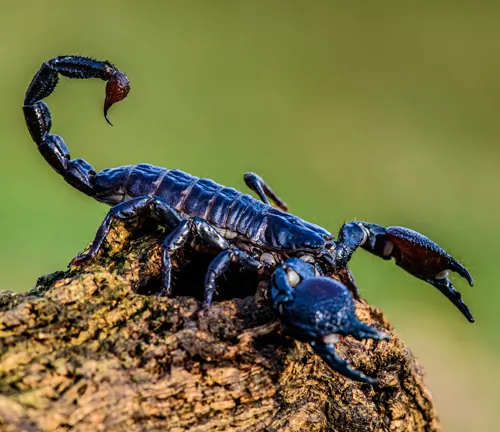
However, responsible ownership is essential to ensure their well-being, including providing suitable habitats, proper diet, and veterinary care when needed. While Emperor Scorpions possess venom, their sting is rarely lethal to humans, making them relatively safe to handle with proper precautions. Conservation efforts are underway to preserve their natural habitats and regulate their trade to prevent over-collection. Overall, Emperor Scorpions are captivating creatures that continue to intrigue enthusiasts and researchers alike with their enigmatic charm and ecological significance.
Emperor Scorpion Characteristics
| Specifications | Description |
|---|---|
| Scientific Name | Pandinus imperator |
| Habitat | Rainforests and savannas of West Africa |
| Size | Up to 8 inches (20 centimeters) in length |
| Coloration | Glossy black exoskeleton, lighter claws and underside |
| Diet | Insects, spiders, small vertebrates |
| Activity | Nocturnal |
| Behavior | Predatory, docile (in captivity), social (in groups) |
| Venom | Mild, rarely lethal to humans |
| Role in Ecosystem | Controls insect populations, maintains ecological balance |
| Popularity | Sought-after exotic pets, subject of conservation efforts |
| Conservation Status | Not endangered, but faces threats from habitat destruction |
| Legal Regulations | Varies by jurisdiction, may require permits for ownership |
A Fascinating Arachnid of the African Wilderness
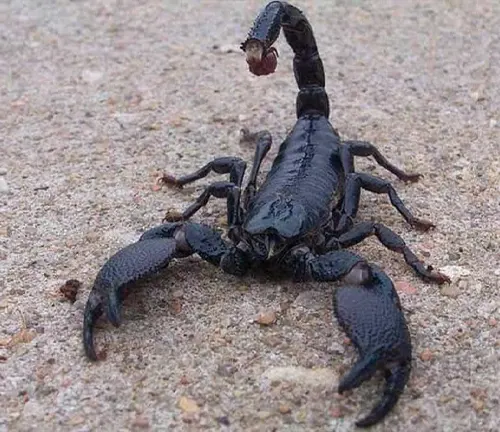
Emperor scorpions, scientifically known as Pandinus imperator, are among the most intriguing arachnids found in the wilderness of Africa. These creatures, despite their ominous appearance, hold a significant place in their ecosystem and have gained popularity as exotic pets. Let’s delve deeper into the world of emperor scorpions to uncover their mysteries and understand their significance.
Emperor scorpions belong to the family Scorpionidae and are native to the rainforests and savannas of West Africa. They are one of the largest species of scorpions, renowned for their impressive size and distinctive appearance.
Physical Characteristics
Size
Emperor Scorpions are renowned for their impressive size among scorpion species. Adults can reach lengths of up to 8 inches (20 centimeters) from head to tail, making them one of the largest scorpions in the world. Their substantial size contributes to their imposing presence and makes them a striking sight to behold.
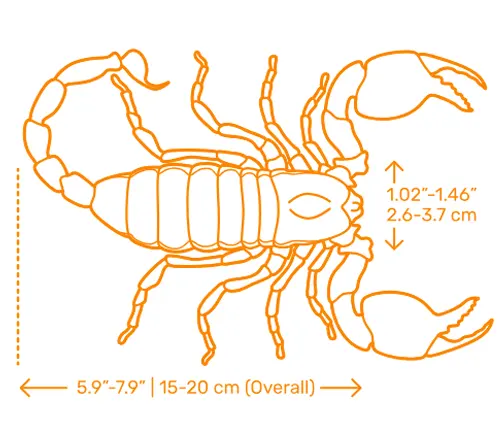
Coloration
Emperor Scorpions exhibit a distinctive coloration that adds to their allure. They possess a glossy black exoskeleton, which serves as excellent camouflage in their natural habitat of the rainforests and savannas of West Africa. Their claws and underside may display a lighter shade, creating contrast against the darkness of their bodies.
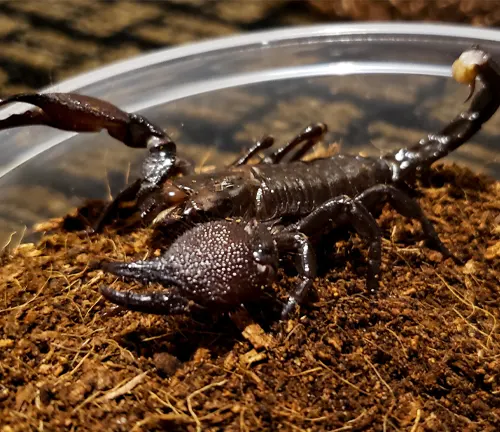
Body Structure
The body structure of Emperor Scorpions is robust and well-adapted for their predatory lifestyle. They have a segmented body divided into two main parts: the cephalothorax (head and thorax) and the abdomen. At the front of their body, they have powerful pincers known as pedipalps, which they use for catching prey and defense. At the rear end of their body, they have a sharp stinger, or telson, which they use to inject venom into their prey or as a means of defense when threatened.
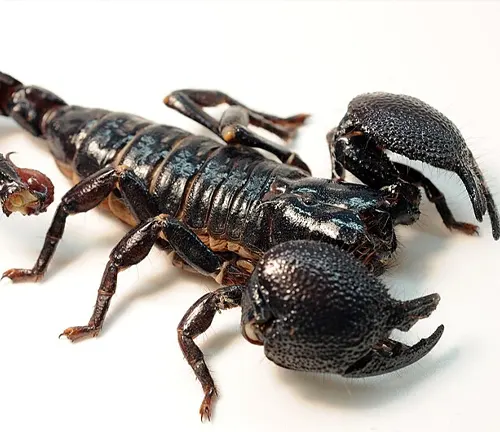
Habitat and Distribution
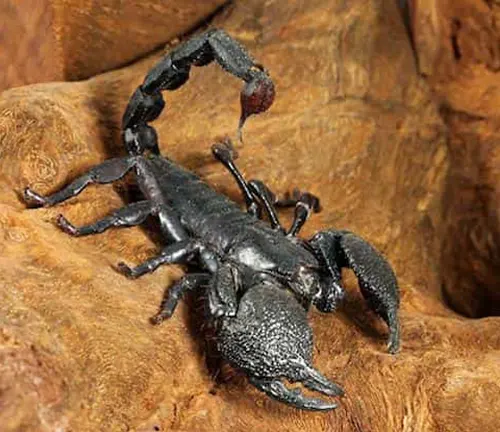

Emperor Scorpions are native to the warm and humid regions of West Africa, including countries such as Ghana, Togo, and Benin. They primarily inhabit the dense rainforests and open savannas of this region, where they can find suitable shelter and prey.
Within their habitat, Emperor Scorpions prefer to dwell in burrows or under rocks, providing them with protection from predators and extreme temperatures. They are nocturnal creatures, meaning they are most active during the night when temperatures are cooler and prey is more abundant.
Emperor Scorpions have adapted to thrive in a variety of environments within their range, from the lush vegetation of the rainforest floor to the arid landscapes of the savanna. Their ability to tolerate different habitat types contributes to their widespread distribution throughout West Africa.
Diet and Feeding Habits


Emperor Scorpions are carnivorous predators that primarily feed on a variety of small animals found within their habitat. Their diet consists mainly of insects, such as crickets, cockroaches, and mealworms, but they may also consume other arthropods like spiders and centipedes. Occasionally, they may prey on small vertebrates like lizards or mice if the opportunity arises.
As nocturnal hunters, Emperor Scorpions rely on their keen sense of smell and vibration detection to locate prey in the darkness of night. Once they detect potential prey nearby, they use their powerful pincers, or pedipalps, to grasp and immobilize it. They then deliver a venomous sting with their tail, injecting venom that helps subdue and digest their prey.
Emperor Scorpions are opportunistic feeders, meaning they will consume whatever prey is readily available to them. In captivity, they can be fed a diet of live insects, which should be appropriately sized to prevent choking or injury. It’s essential to provide a varied diet to ensure they receive all the necessary nutrients for their health and well-being.
Feeding frequency for Emperor Scorpions can vary depending on factors such as age, size, and activity level. Generally, adults can be fed 2-3 times per week, while juveniles may require more frequent feedings. It’s essential to monitor their feeding behavior and adjust the feeding schedule accordingly to prevent overfeeding and obesity.
Behavioral Traits
Nocturnal Nature
Emperor Scorpions are primarily nocturnal creatures, meaning they are most active during the night and rest during the day. This nocturnal behavior allows them to avoid the harsh temperatures and potential predators that are more active during the daytime. As nocturnal hunters, Emperor Scorpions rely on their heightened senses, such as their ability to detect vibrations and sense chemical cues, to locate prey in the darkness. Their nocturnal lifestyle also helps them conserve energy by resting during the day when temperatures are highest.
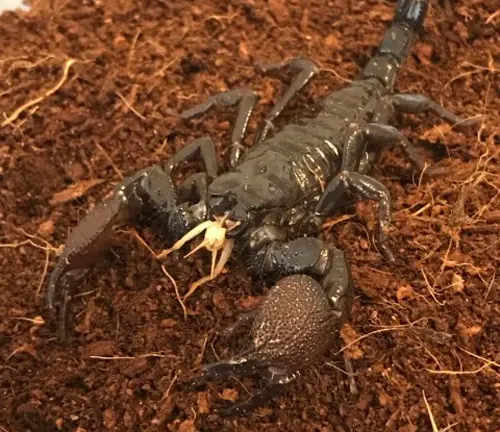
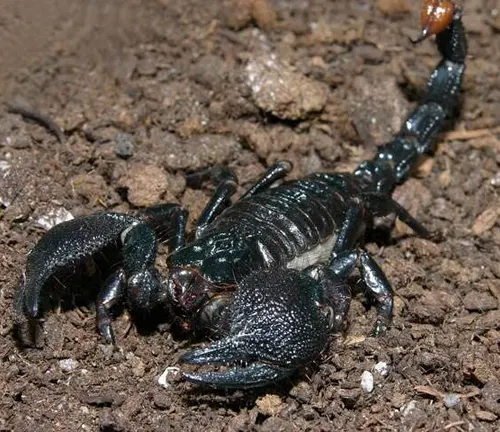
Social Behavior
Contrary to popular belief, Emperor Scorpions exhibit social behaviors, particularly in certain contexts such as mating rituals and communal living. While they are typically solitary hunters, Emperor Scorpions may tolerate the presence of conspecifics (members of the same species) under certain conditions. In captivity, Emperor Scorpions can cohabit peacefully in communal setups if provided with ample space, hiding spots, and resources. Observations of communal burrowing and mating aggregations suggest that Emperor Scorpions may have complex social interactions that warrant further study.
Defense Mechanisms
Emperor Scorpions possess several defense mechanisms to protect themselves from potential threats in their environment. When threatened, they may raise their pincers, or pedipalps, in a defensive posture to ward off predators or perceived threats. They may also arch their tails and display their stingers as a warning signal. If these displays fail to deter the threat, Emperor Scorpions are capable of delivering a venomous sting with their tail. While their venom is not usually lethal to humans, it can cause pain, swelling, and other symptoms. Additionally, Emperor Scorpions may use their dark coloration as camouflage to blend into their surroundings and avoid detection by predators.
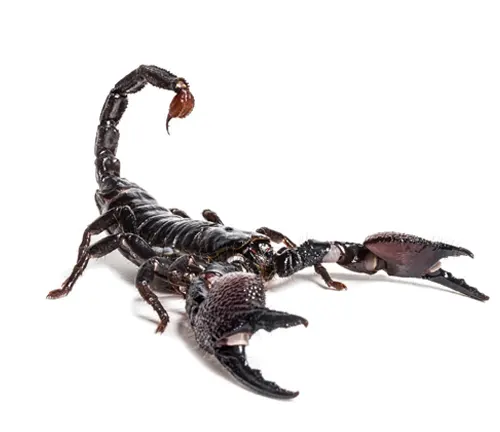
Reproduction
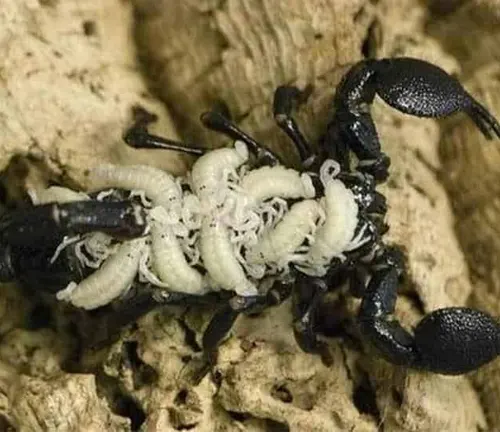
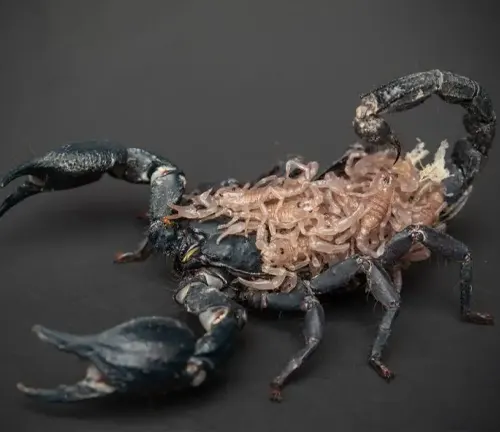
Emperor Scorpions reproduce sexually, with males engaging in elaborate courtship rituals to attract females. During mating season, which typically occurs during the warmer months, males actively search for potential mates and engage in visual and chemical signaling to communicate their intentions.
When a male encounters a receptive female, he initiates the courtship process by performing a series of complex behaviors, including tapping and vibrating his pedipalps (pincers) against the ground to produce vibrations. These vibrations serve as a form of communication to signal his readiness to mate and attract the female’s attention.
If the female is receptive to the male’s advances, she may respond by allowing him to approach and initiate physical contact. The male then carefully maneuvers his pedipalps to grasp the female’s pincers, establishing a secure mating position known as a “pedipalp lock.”
Once the pedipalp lock is established, the male transfers a packet of sperm, called a spermatophore, to the female’s genital opening, located on the underside of her abdomen. The female then stores the sperm internally until she is ready to fertilize her eggs.
After mating, the female undergoes a gestation period that can last several months, during which time she carries the developing embryos within her body. When the embryos reach maturity, the female gives birth to live young, known as scorplings, through a process called parturition.
The number of scorplings produced in a single litter can vary depending on factors such as the female’s age, health, and environmental conditions. Once born, the scorplings immediately climb onto their mother’s back, where they will remain for several days or weeks until their first molt.
Emperor Scorpions exhibit maternal care, with the mother providing protection and nourishment to her offspring during their early stages of development. This maternal care enhances the scorplings’ chances of survival and contributes to the species’ reproductive success.
Role in Ecosystem
In their natural habitat, emperor scorpions play a vital role in controlling insect populations, thus contributing to the balance of their ecosystem. As predators, they help regulate the numbers of various arthropods, ensuring ecological stability.
Interactions with Humans
Popularity as Pets
Emperor Scorpions have gained significant popularity as exotic pets among enthusiasts and hobbyists around the world. Their impressive size, striking appearance, and docile nature make them appealing to individuals interested in keeping arachnids as pets.

In captivity, Emperor Scorpions can thrive when provided with suitable habitats, including spacious terrariums with appropriate substrate, hiding spots, and environmental enrichment. They are relatively low-maintenance pets, requiring regular feeding, access to clean water, and monitoring of temperature and humidity levels.
Many pet owners appreciate Emperor Scorpions for their intriguing behaviors and fascinating biology, such as their nocturnal activity, communal living tendencies, and maternal care of offspring. However, responsible ownership is essential to ensure the welfare of these creatures and prevent negative impacts on wild populations.
Conservation Status
While Emperor Scorpions are not currently classified as endangered species, they face various threats to their survival in the wild. Habitat destruction, caused by deforestation, agricultural expansion, and urbanization, poses a significant risk to their populations. Loss of suitable habitat fragments their distribution and reduces available resources, making them more vulnerable to extinction.
Additionally, Emperor Scorpions are subject to over-collection for the exotic pet trade, particularly in regions where they are native. Unsustainable harvesting practices can deplete wild populations and disrupt ecological balance, leading to negative consequences for other species dependent on them.
Conservation efforts aimed at protecting Emperor Scorpions and their habitats are crucial for their long-term survival. These efforts may include habitat restoration initiatives, community-based conservation programs, and regulations to control the trade and captive breeding of Emperor Scorpions.
Myths and Misconceptions
Emperor scorpions are often associated with myths and misconceptions, including their alleged aggressiveness and deadliness. In reality, these creatures are relatively harmless to humans and serve as valuable members of their ecosystems.
Handling and Care as Pets
Enclosure Setup
When setting up an enclosure for Emperor Scorpions, it’s essential to provide a suitable habitat that mimics their natural environment. Here are some key elements to consider:
- Terrarium Size: Choose a spacious terrarium that provides enough room for your Emperor Scorpions to move around comfortably. A 10-gallon tank is typically suitable for one or two adult scorpions.
- Substrate: Use a substrate such as coconut fiber or peat moss, which retains moisture and allows for burrowing. Provide a layer of substrate at least 2-3 inches deep to accommodate digging behavior.
- Hiding Spots: Include hiding spots such as cork bark, rocks, or artificial caves where your Emperor Scorpions can seek shelter and privacy.
- Temperature and Humidity: Maintain a temperature range of 75-85°F (24-29°C) during the day and slightly cooler at night. Use an under-tank heating pad or heat lamp to create a warm spot in one area of the enclosure. Humidity levels should be kept between 70-80% to prevent dehydration and promote healthy molting.
- Lighting: Emperor Scorpions are nocturnal and do not require UV lighting. Provide a natural day-night cycle by using ambient room lighting or a low-wattage incandescent bulb.
- Water Source: Provide a shallow water dish filled with clean, chlorine-free water for your Emperor Scorpions to drink from and maintain humidity levels. Ensure the water dish is shallow to prevent drowning.
Feeding Regimen
Emperor Scorpions are carnivorous predators that feed primarily on live insects. Here are some guidelines for their feeding regimen:
- Prey Items: Offer a variety of live insects such as crickets, roaches, mealworms, and waxworms as prey. Make sure the prey items are appropriately sized for your scorpions to consume without difficulty.
- Feeding Frequency: Adults can be fed 2-3 times per week, while juveniles may require more frequent feedings. Monitor your scorpions’ feeding behavior and adjust the feeding schedule accordingly.
- Feeding Method: Place the live prey items directly into the enclosure, allowing your Emperor Scorpions to hunt and capture their food naturally. Remove any uneaten prey after 24 hours to prevent spoilage and maintain cleanliness.
Maintenance and Hygiene
Regular maintenance and hygiene practices are essential for keeping your Emperor Scorpion’s enclosure clean and healthy. Here’s what you can do:
- Spot Cleaning: Remove any uneaten prey, shed exoskeletons, and feces from the enclosure regularly to prevent the buildup of waste and bacteria.
- Substrate Replacement: Replace the substrate every few months or as needed to maintain cleanliness and freshness. Use a substrate that is easy to spot clean and resistant to mold and bacteria.
- Water Dish Maintenance: Clean and refill the water dish with fresh water regularly to ensure your scorpions have access to clean drinking water.
- Monitoring Health: Keep an eye on your Emperor Scorpions’ overall health and behavior, including their appetite, activity level, and appearance. Seek veterinary care if you notice any signs of illness or injury.
Health Considerations
Despite their hardy nature, emperor scorpions may experience health issues such as dehydration, parasitic infections, or injuries. Prompt veterinary care is necessary if any signs of illness or injury are observed, ensuring timely intervention and treatment.
Legal Regulations
Before acquiring an emperor scorpion as a pet, it’s crucial to familiarize oneself with local and international regulations governing their ownership and trade. Certain jurisdictions may impose restrictions or require permits for keeping exotic animals.
Different Species
Pandinus dictator
This species is closely related to Pandinus imperator and shares similar physical characteristics, including a glossy black exoskeleton and impressive size. Found in regions of West Africa, Pandinus dictator is sometimes referred to as the “African Emperor Scorpion.”
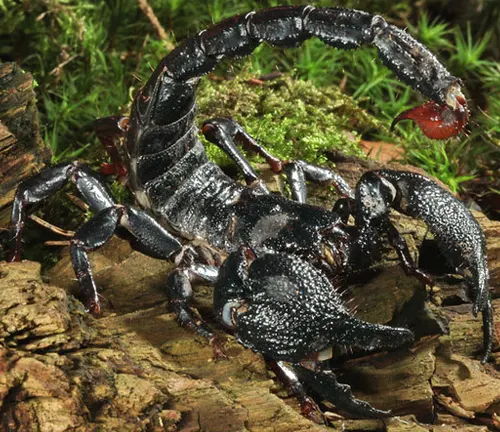
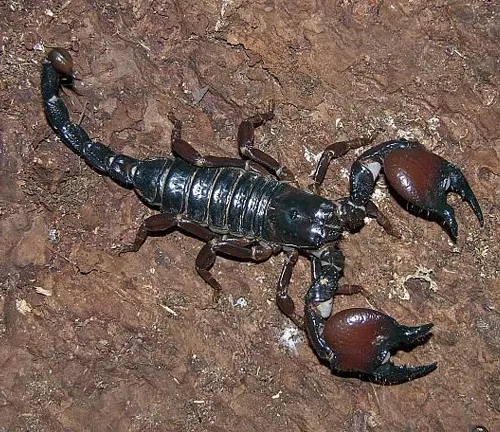
Pandinus cavimanus
Also known as the “Red-clawed Scorpion” or “Red Emperor Scorpion,” Pandinus cavimanus is distinguished by its reddish-colored claws and underside. This species is native to West Africa and is occasionally kept as a pet.
Pandinus gambiensis
Native to the Gambia region of West Africa, Pandinus gambiensis is another species sometimes referred to as the “Emperor Scorpion.” It shares similar physical traits with Pandinus imperator, including size and coloration.
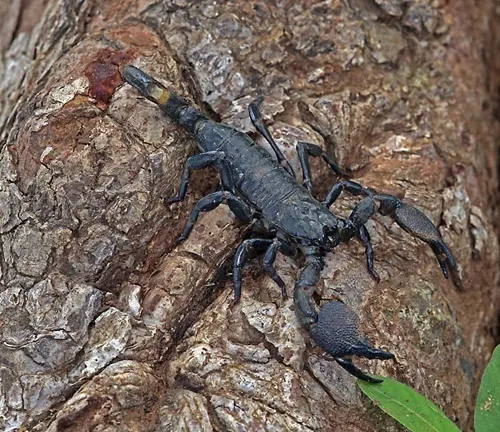
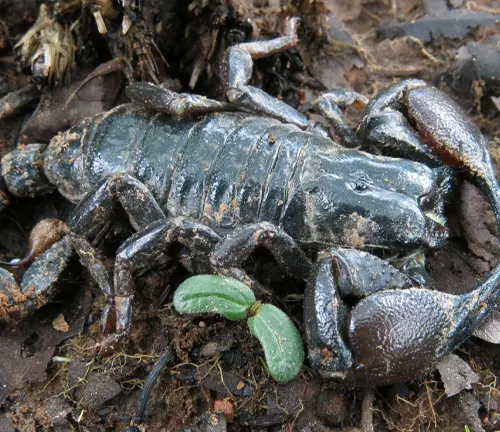
Pandinus viatoris
Found in regions of Cameroon and Nigeria, Pandinus viatoris is another species closely related to Pandinus imperator. It is sometimes called the “Nigerian Emperor Scorpion” or simply the “Emperor Scorpion” due to its resemblance to the more commonly known species.
Frequently Asked Questions (FAQs)
- Are Emperor Scorpions dangerous to humans?
Emperor Scorpions possess venom, but their sting is rarely lethal to healthy adults. However, individuals with allergies or compromised immune systems should exercise caution. - How long do Emperor Scorpions live in captivity?
With proper care, Emperor Scorpions can live up to 6-8 years in captivity, sometimes even longer. - Can Emperor Scorpions be housed together?
While Emperor Scorpions may tolerate communal living under certain conditions, territorial disputes or cannibalism can occur, necessitating careful monitoring. - Do Emperor Scorpions require special lighting in their enclosures?
Since they are nocturnal, Emperor Scorpions do not require UV lighting. Providing a natural day-night cycle with ambient room lighting is sufficient. - What is the ideal temperature and humidity for Emperor Scorpions?
Emperor Scorpions thrive in temperatures ranging from 75-85°F (24-29°C) during the day and slightly cooler at night. Humidity levels should be maintained between 70-80% to mimic their natural habitat. - What do Emperor Scorpions eat, and how often should they be fed?
Emperor Scorpions primarily feed on insects such as crickets, mealworms, and roaches. They should be fed 2-3 times per week, with appropriately sized prey items to prevent overfeeding. - How should I handle an Emperor Scorpion safely?
When handling Emperor Scorpions, it’s essential to use gentle and steady movements to avoid startling them. Always support their body and avoid touching their stinger to minimize the risk of being stung. - What should I do if my Emperor Scorpion molts?
Molting is a natural process for Emperor Scorpions, during which they shed their exoskeleton to grow. Provide a quiet and secure environment during this time, and avoid disturbing them until they have fully hardened. - Are there any common health issues or diseases that affect Emperor Scorpions?
While Emperor Scorpions are generally hardy, they may be susceptible to dehydration, parasitic infections, or injuries. Regular monitoring and proper husbandry practices can help prevent health issues. - Do Emperor Scorpions make good pets for beginners?
Emperor Scorpions can be suitable pets for responsible beginners willing to provide proper care and housing. However, prospective owners should research their needs thoroughly and be prepared for their long-term care requirements.





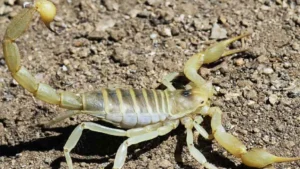
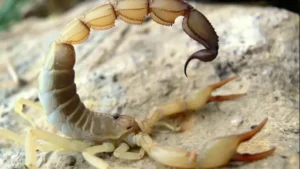
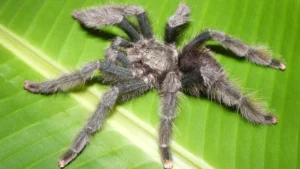
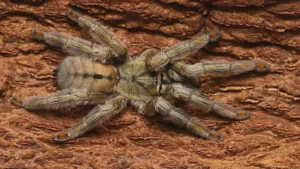
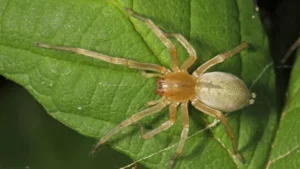




Leave your comment